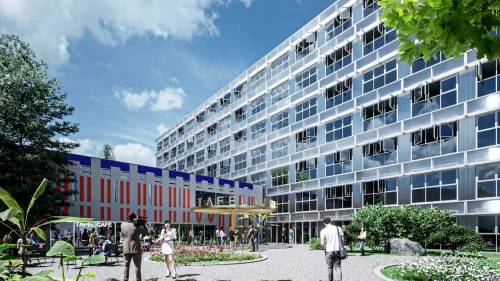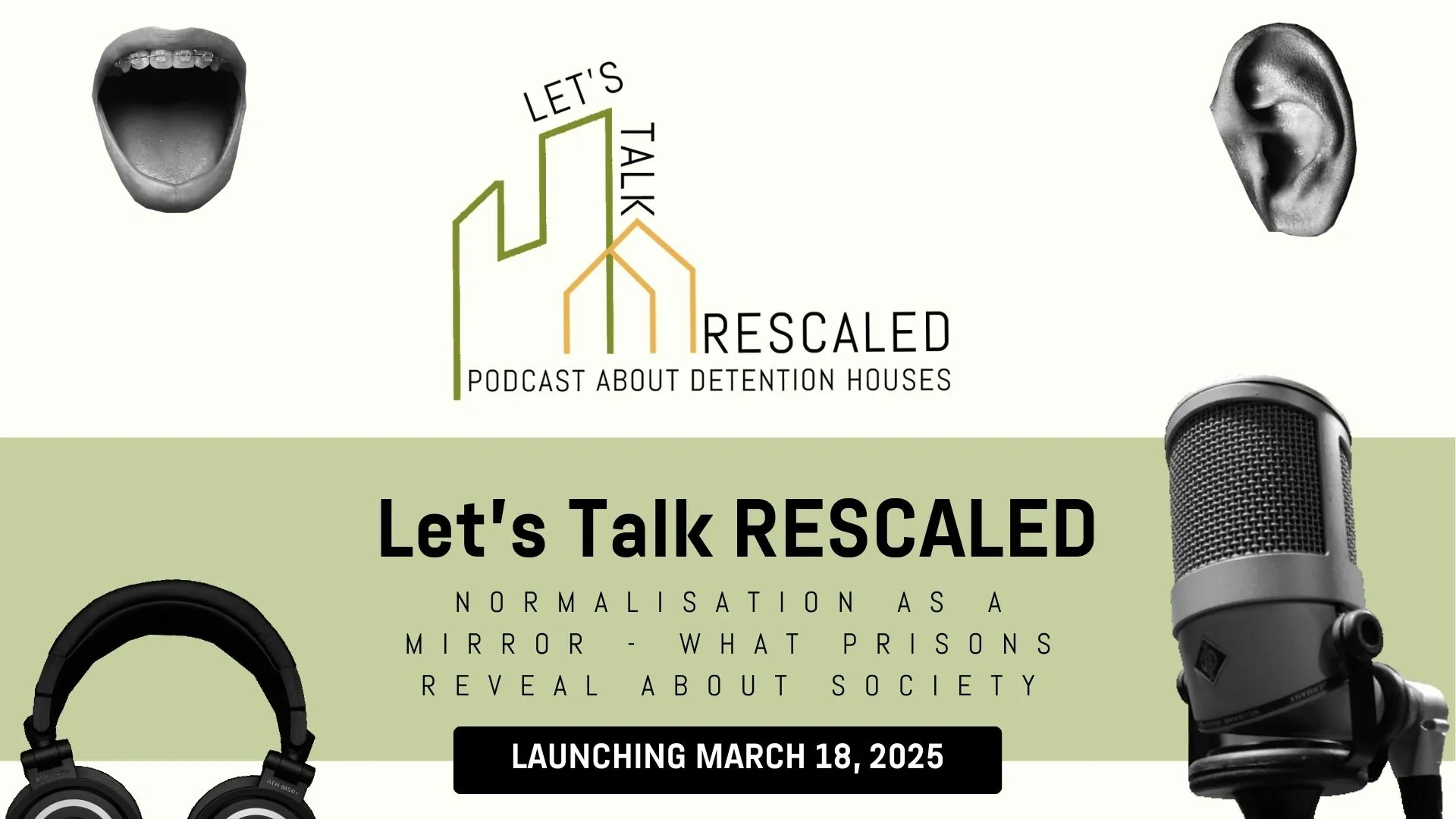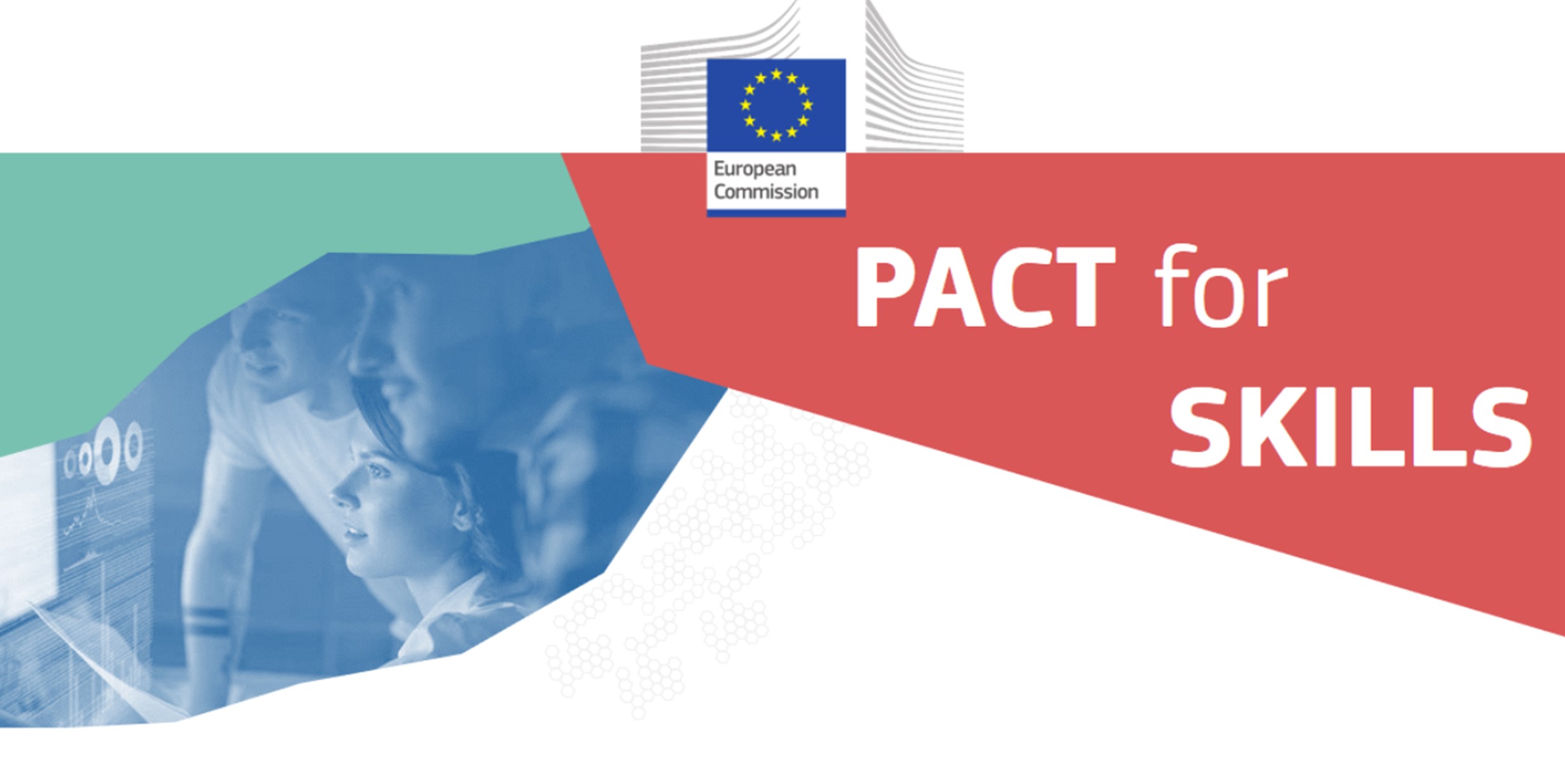Through the INSPIRE project, Restorative Justice Nederland aims to refine the concept of a restorative city by identifying key principles, such as dialogue, community involvement, democracy and horizontal relationships, and urban design. In addition, the role of small-scale detention within a restorative city is explored. After a first article about Utrecht, Gert Jan Slump and Laura Verstraete now bring us the casestudy of Amsterdam Zuidoost in this blog.
The district of Zuidoost is a residential area in Amsterdam developed and built in the 1960s. Inspired by Le Corbusier’s ideas (influential architect and city planner), the urban planning in Zuidoost aimed to separate traffic flows and outdoor spaces vertically to enhance livability. However, this urban concept largely failed, leading to a transformation of the district. Some high-rise buildings were demolished and replaced with low-rise structures, while others were renovated, and traffic flows and outdoor spaces were largely integrated.
Currently, approximately 100,000 residents from 173 nationalities call Zuidoost home. It is recognised as an emerging vibrant district with numerous societal, religious, and cultural grassroots organisations that effectively collaborate with formal institutions. However, criticism persists regarding inadequate basic amenities in the district and significant social issues, particularly poverty.
Under the leadership of district chair Tanja Jadnanansing, Zuidoost is evolving towards a Restorative District, fostering development from within and from grassroots initiatives. The structure of the district can be characterized by six layers:
- Conflicts are a natural part of life and require suitable solutions and support for those involved. The aim is to transform conflicts into positive encounters through empathy and understanding
- Some conflicts have a public or criminal justice dimension. Even in these cases, dialogue and communication between the directly involved parties is crucial. These parties can rely on the support of law enforcement officials who work alongside them to find fair solutions. From the perspective of community justice, a positive concept of safety is central: it’s not just about reducing or preventing negative aspects, but about fostering positive ones. Justice is a dynamic concept. All of this is encapsulated in the motto “Law and Love.”
- Over the next twenty years, structural causes of (criminal) conflict such as housing, poverty, and inequality of opportunities will be addressed. Recognising and working towards rectifying systemic social injustices is inherent in a district where justice is prioritised.
- In addressing the structural causes of injustice, the focus is on what people and inhabitants themselves can contribute (their expertise and experiential knowledge) and what they need (their requirements). In every approach and conversation, the question of whether the right people are at the table is essential. In Zuidoost, the focus is on community circles that provide space for dialogue about needs and collaborative actions, facilitating the transformation of society into a community.
- When restoration is needed at the level of organisational structure and culture, Zuidoost takes action. This restoration process requires people to come together and step into the circle. The district aims to invite people to do so and explore old structures and organisational cultures that cause harm. Discussions about organisational-level restoration provide space for addressing what people need to undo organisational injustice. Subsequently, what is unjust becomes the focus of fair interventions, facilitated by breakthrough teams and similar initiatives.
- Even when it becomes evident that issues need to be addressed and rectified primarily at a systemic level, Zuidoost collaborates to tackle them together. Sometimes, the government itself is the aggressor and initiator. Incidents like the Dutch childcare benefits scandal have painfully highlighted the need for systemic restoration[1]. In Zuidoost, as a Restorative District, systemic injustices are brought to light, and the government and organisations stand side-by-side with residents in addressing them.
Some local elements of the Restorative District include the Krin Taki (a form of an honest and deliberative dialogue), the Neighbourhood Court, youth courts in schools, and the neighbourhood youth court. Additionally, there’s the mediation pool of young people and the interactive Honors College Law and Love program where students at the Vrije Universiteit Amsterdam develop ideas around justice in collaboration with organisations and residents of Zuidoost.
Small-scale detention in Amsterdam

Amsterdam no longer has a prison (the Bijlmerbajes is closed and the prison capacity has been moved to Zaanstad). It’s intriguing to consider whether there could be space in Zuidoost for a small-scale detention house, perhaps within a community similar to De Tafelberg. Located on a site that previously housed a youth prison and later a closed youth care institution, de Tafelberg now has transformed into a living community. It provides housing for 290 young adults, including 60 with a background in youth care. This initiative by Levvel, a youth care institution, together with the housing association de Alliantie, was developed with the help of many other parties. The concept is called “live, learn, work & play.” It’s an ecosystem where residents are supported in various ways to form a community where personal support largely replaces professional assistance. Social entrepreneurs are part of the community, providing opportunities for work experience, internships, and workshops. The facilities are also available to neighbourhood residents. De Tafelberg is a community-oriented model that could potentially house a small-scale detention house, integrating incarcerated individuals with other citizens. The size ratio of different groups is crucial here.
What’s unique about the Restorative District of Zuidoost is that it doesn’t require a template for its development. Zuidoost is inherently a Restorative District, not created or confined by a framework, but naturally so. Thanks in part to the current district chair and recent developments like the establishment of the neighbourhood court and peer-led youth courts the concept is further strengthened. Over the next two years, work will continue within the outlined framework of the six layers to further develop and enrich it, connected to efforts to develop and establish a small-scale detention facility connected to existing facilities.







